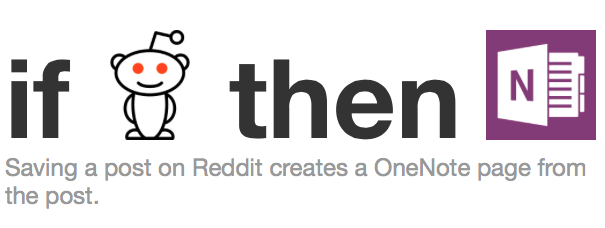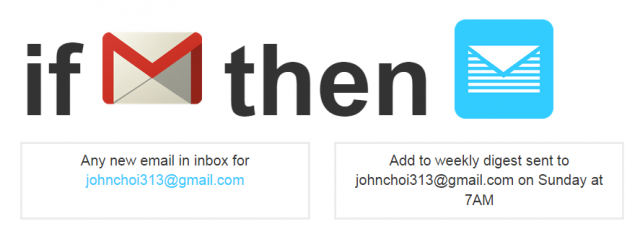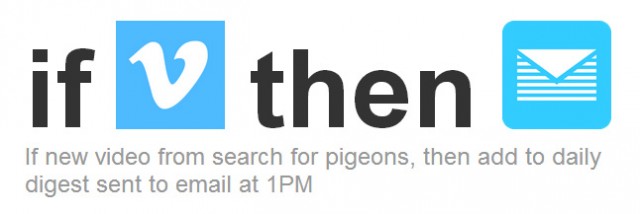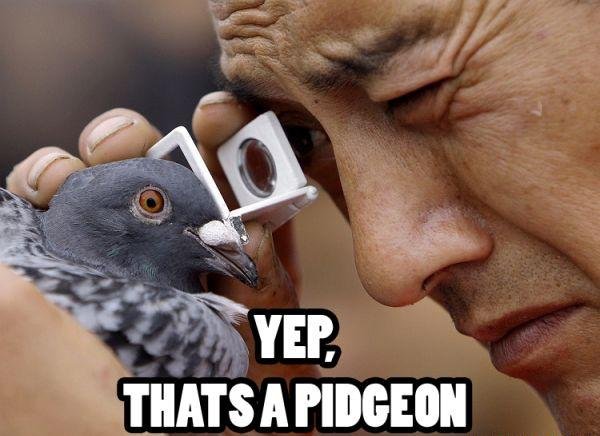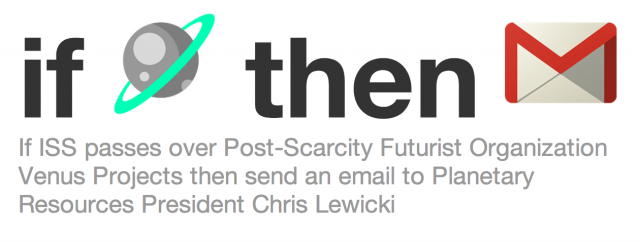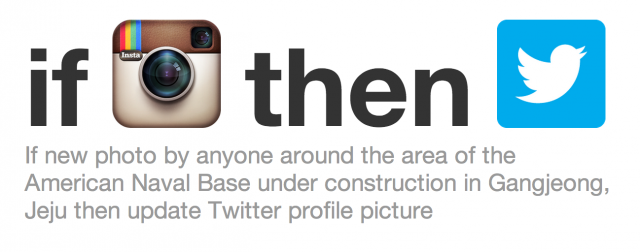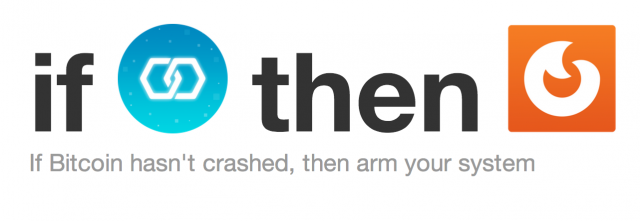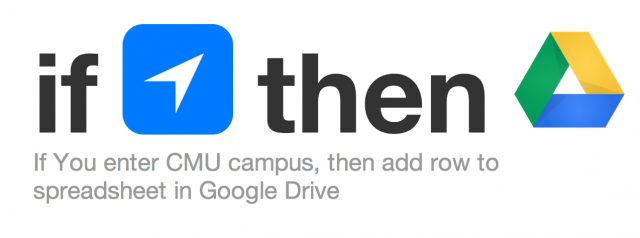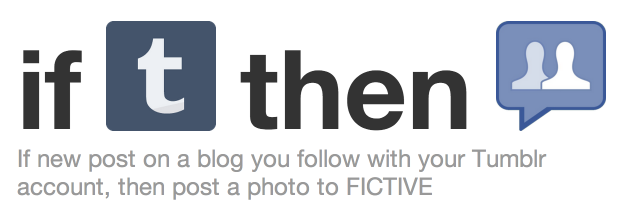IF….Then….Oblivion
So…….I tried on several occasions to create an IFTTT recipe that I liked but they have not been working! My recipes were 1)if a virgin posts on crags list, post a note to my Facebook 2)if i put a watch later video in my youtube account, a post will appear on Facebook 3)if anything about fashion comes up on buzz feed, a post will appear on my Facebook. but none have happened so far :( I think that this is a very interesting and useful program if one knows how to properly run it.
I am fascinated by the Drenestream project. I guess I am still left wondering why do APIs specifically have an all access pass to even classified information like that or was it that the artist had particular access to this data? and APIs seem to be becoming a resource like steel that is becoming an import part of the economy. I enjoy how Jim Campbell’s piece takes these basic real world language elements and turns them into these data language elements.
